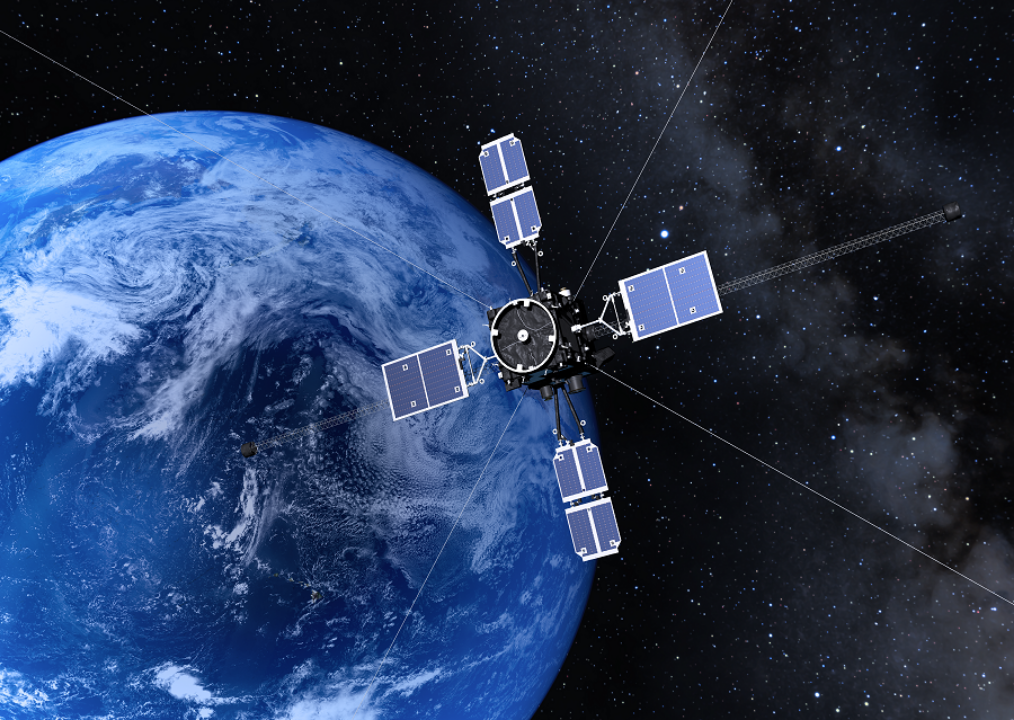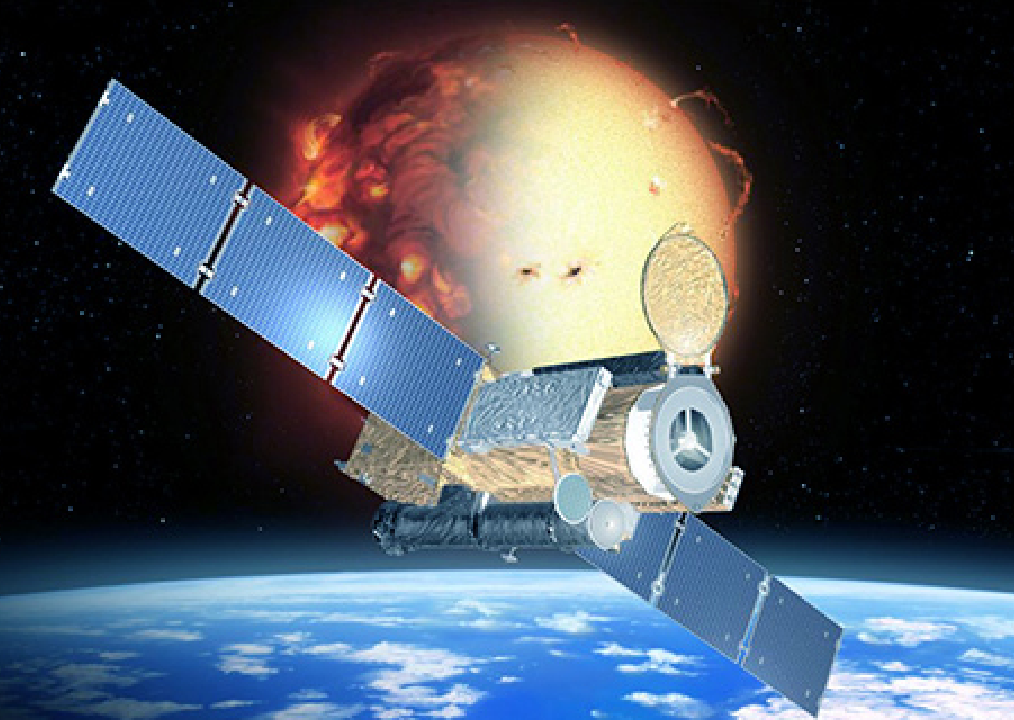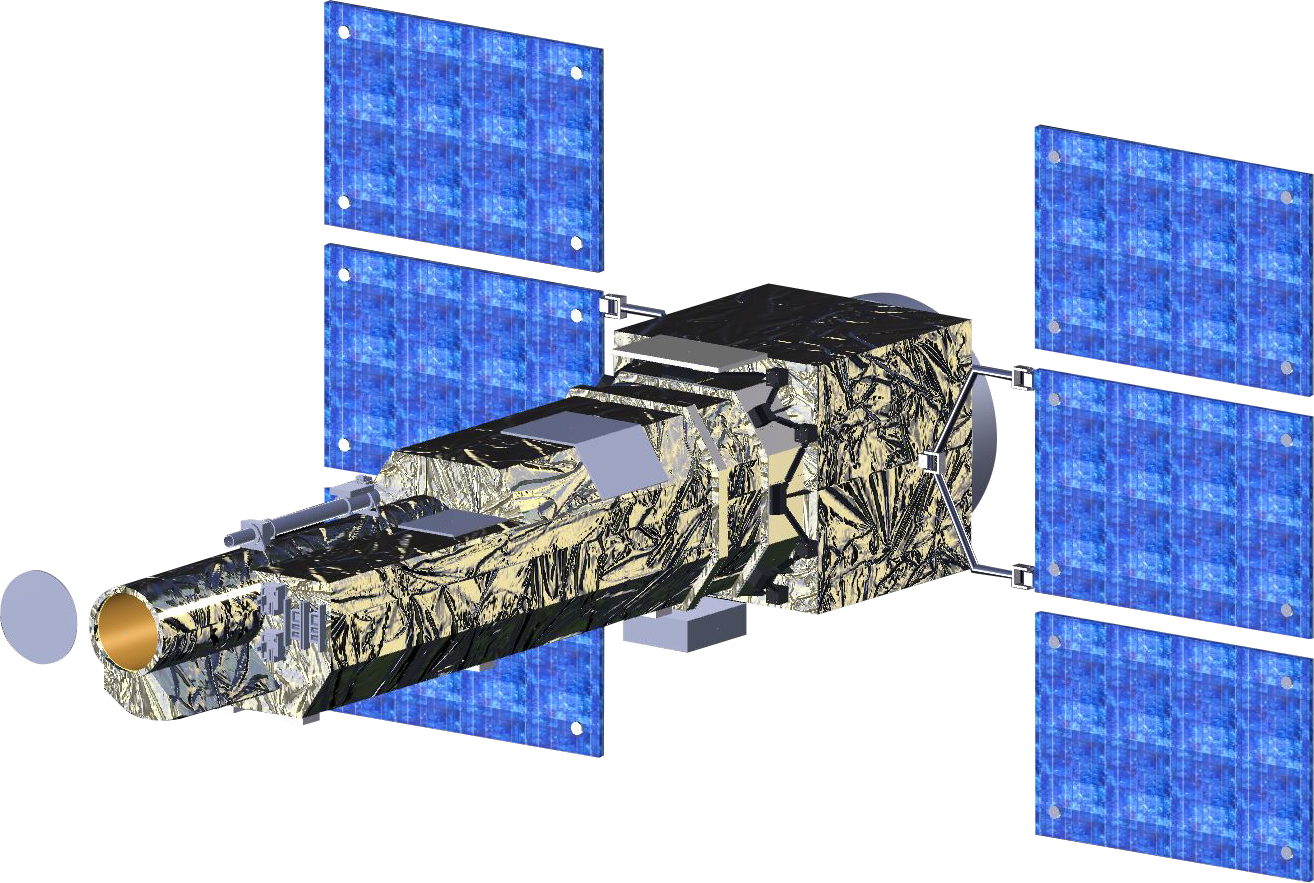
ERG Science Center
The Exploration of energization and Radiation in Geospace (ERG) project is a mission to elucidate the acceleration and loss mechanisms of relativistic electrons around the Earth during geospace storms. The project involves a satellite observation team, ground-based network observation team, and integrated data analysis and simulation team.
The ERG Science Center is operated by the Institute of Space and Astronautical Science (ISAS), Japan Aerospace Exploration Agency (JAXA), and Institute for Space-Earth Environmental Research (ISEE), Nagoya University, as a joint research center for space science. The Science Center archives data related to the ERG project, releases data to the public, develops integrated data analysis tools, and promotes studies related to the ERG project.

Hinode Science Center at Nagoya (HSC@Nagoya)
The Institute for Space-Earth Environmental Research (ISEE), Nagoya University, and the National Astronomical Observatory of Japan (NAOJ) operate the Hinode Science Center at Nagoya (HSC@Nagoya) in collaboration with JAXA. This center serves as a back-up site for the Hinode Science Center at NAOJ (HSC@NAOJ) and aim to develop a new research field for Hinode through cooperation with the ISEE database.

SOLAR-C
The SOLAR-C is the next-generation solar-observing satellite that will be used to determine how the plasma universe is created and evolves, and how the Sun influences the Earth and other planets in our solar system. The proposed mission has been designed to comprehensively understand how mass and energy are transferred throughout the solar atmosphere by analyzing the spectrum of the extreme UV radiation produced by the Sun. In close collaboration with U.S. and European partners, ISAS/JAXA and NAOJ are now developing EUVST to achieve higher-sensitivity and -resolution observations than any previous EUV spectrometer, with a targeted launch of 2027. The SOLAR-C Science Center will be set up at ISEE at Nagoya University.

MIO
MIO [previously called Mercury Magnetospheric Orbiter (MMO)] is one of the two spacecraft heading for Mercury, part of an international mission called BepiColombo, which is led through close cooperation between the Japan Aerospace Exploration Agency (JAXA) and the European Space Agency (ESA). The primary objective of MIO is to conduct a comprehensive study on the environment surrounding Mercury, including the electromagnetic field, plasma and particles, thin atmosphere, and dust. The spacecraft was launched in 2018 and will enter orbit around Mercury in December 2025, after a seven-year-long interplanetary cruise with multiple flybys of Earth, Venus, and Mercury.